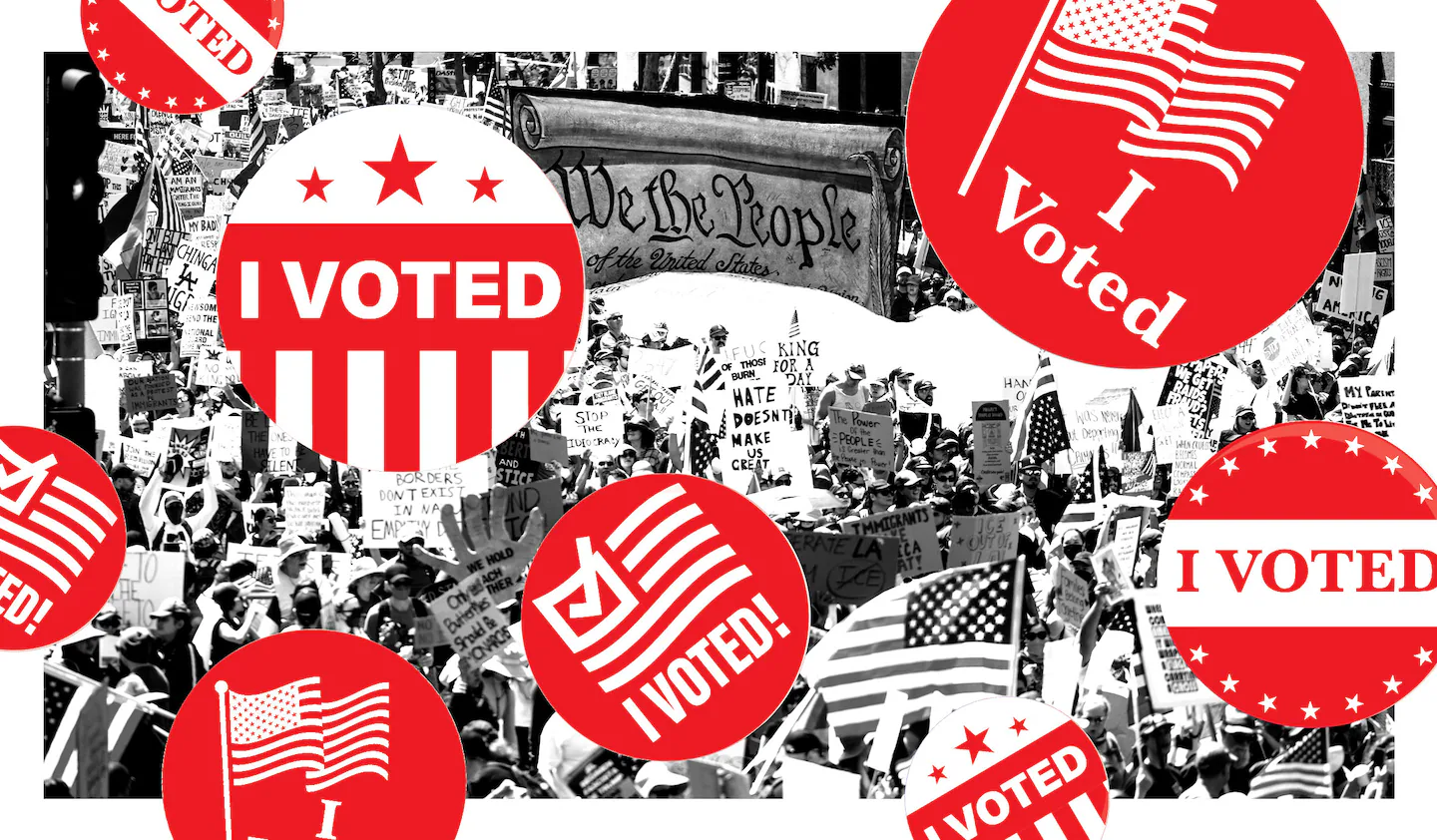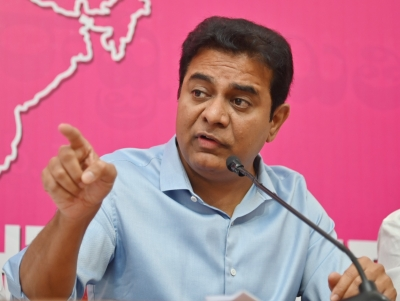Copyright The Boston Globe

The demonstrations also captured the news cycle, at least for a time. We know that attention is a rare and valuable commodity in our fractured media landscape, and research shows that media attention has a strong relationship with the success of a social movement. In the case of “No Kings,” the protests have proved disruptive enough that they’ve forced Republican officials to attempt to discredit them by branding them as “un-American.” But are these protests really influential? They may have proved successful by measures of moral courage and solidarity, but mass protests have increasingly failed to deliver changes in policy or political leadership. The right, on the other hand, has been systematically building leadership capacity and organizations in every state — they organize few protests but they’ve built the infrastructure to consistently be heard in the halls of power. Since 2000, there have been 22 mass mobilizations in the United States in which single-day head counts exceeded 75,000 participants. The overwhelming majority of these protests galvanized people around left-leaning issues such as immigrant rights, women’s rights, gun control, climate, democracy, and racial justice. But these protests have not translated the energy on the streets into durable policy shifts or governing power. The broader global context is also sobering. From Egypt to Turkey to Brazil, the 2010s included both the largest protests in human history and some of the most disappointing outcomes — a paradox of scale without power. Political scientists Erica Chenoweth and Maria Stephan have shown that peaceful protests still work twice as well as violent ones, but they have also found that they’re working less and less well overall. In the 1990s, 65 percent of nonviolent protest movements that aimed to overthrow an authoritarian government or demand independence achieved their goals. Since 2010, only 10 percent of pro-democracy mass protests have been successful at doing so. As progressive activists have continued to pour energy into protests, the American right has quietly executed a different strategy altogether, one that doesn’t mobilize millions in the streets but has delivered far more governing power. Consider Charlie Kirk and Turning Point USA. He’s best known for his inflammatory rhetoric and campus “debates.” But Kirk wasn’t just building a media brand. He built a political movement tightly intertwined with President Trump and the GOP. TPUSA is an example of what scholars like Dylan Riley found to also be the case in Europe between the world wars: Vibrant civic engagement and a dense network of organizations can fuel authoritarianism just as readily as democracy. TPUSA is a political leadership development machine, boasting thousands of campus chapters, year-round infrastructure, and a deliberate strategy during the 2024 election to persuade and mobilize disengaged voters in swing states like Arizona. Even before TPUSA took off, I learned that the Republican National Committee made my book “Groundbreakers,” coauthored with Hahrie Han, on the Obama campaign’s success in organizing volunteers to win the presidency “required reading” for its field organizers — they then adopted and improved on that model while the Democrats largely abandoned it. So what could going from protest to power look like? I ask this not as an armchair critic but as someone who marched last Saturday on Boston Common with my two young children. First, organizers need to focus on a place where a considerable amount of power is built and wielded: the states. The right understood this long before the left did. Republicans now hold governing trifectas in 23 states and need just 11 more to convene a constitutional convention, a possibility with generational implications. As political scientist Jacob Grumbach has shown, state governments have become the real battlegrounds. That’s where the organizing frontier lies. Successful movements must build durable bases of leaders and teams at the state level who do year-round organizing, not just build voter mobilization sandcastles every two or four years that get wiped out after an election. In its current form, the Democratic Party is incapable of doing this kind of organizing. It is too heavily dominated by consultants and big donors — which means independent organizations like labor unions, churches, and other community organizations with real, consistent membership need to step up, especially among the working class, where Democrats have steadily lost ground. Second, when movements define themselves solely by what they’re against — in the left’s case, Trump, they create a hollow choice: more Trump or a return to the pre-Trump status quo that nobody actually wants. But look at campaigns like Zohran Mamdani’s. Instead of making Trump the centerpiece, his campaign rallies people around concrete proposals: free buses, universal child care, tenant protections. He listened to what working-class New Yorkers actually need and translated those needs into a vision people could fight for, not against. Third, building a big enough coalition means moving beyond self-selecting activists to engage people across their differences. Large demonstrations are essential for energizing the base, but they can also alienate the very people those movements need to persuade. This is where organizing becomes crucial. Protesting with like-minded people feels really good, but organizing means taking the risk of having hard conversations with people. These conversations build the kind of trust that can’t be established with a megaphone. Inclusive coalitions are also not just about reach; research shows that diverse teams create better strategies too. This year, my research collaborators and I analyzed 38 state-based civic organizations across 10 states and tracked what separated groups that won meaningful victories from those that didn’t. The organizations engaged hundreds and thousands (not millions) of multifaith, multiracial constituents to demand a responsive government on issues that matter to them: better jobs, decent health care, affordable child care and elder care, civil rights, and so on. We found that what really mattered was whether the actions these groups took resulted in new leaders stepping up and new teams being formed. Instead of asking, “How many people showed up?” after a protest, organizers need to be asking: How many committed leaders did you develop who can now recruit and develop others? How many local teams meet monthly to figure out how to advance goals? How many volunteers moved from marching in a protest to organizing? What new constituencies did you reach? By these measures — the ones that track learning and adaptation rather than just repetition at scale — Kirk’s organization succeeded where many on the left have not. We also found that state-based groups that achieved their goals had between 200 and 700 highly committed volunteer leaders — people who, working in small teams, participated in at least five organizing activities over 12 months. This held true across red, blue, and purple states. For example, Jason Dunkin led his community in rural North Carolina to restore a local playground, elect the first Black sheriff in Granville County history, and help flip a state House seat by just 228 votes, breaking the Republican supermajority. His organization, Down Home, has over 500 volunteer leaders meeting in teams of fewer than 10 people across rural counties. Most organizations that fell below the threshold of 50 highly committed members like Jason failed to translate their civic engagement into sufficient power to deliver policy or governing wins in 2025, no matter how many people they turned out at a single event. In 2008, I helped organize for the Obama campaign in a red-leaning county in Ohio. We were charged with finding local volunteers to host one painstaking house meeting after another and building neighborhood teams. Mostly, it was the unglamorous spadework of organizing: It meant holding dozens of hour-long one-on-one conversations. It meant getting every single person who showed up for an event to sign in on a clipboard and then tracking them down afterward— not to extract another donation or signature but to plug them in to their neighborhood team. It meant staying up until midnight entering the data from every meeting and march and then actually studying the numbers to better understand who was showing up (and who wasn’t) and adjusting our strategy accordingly.



